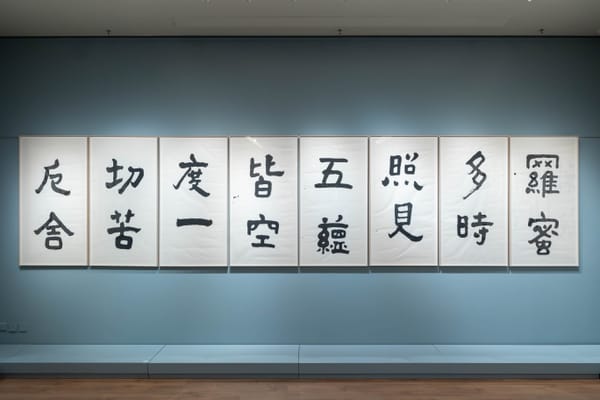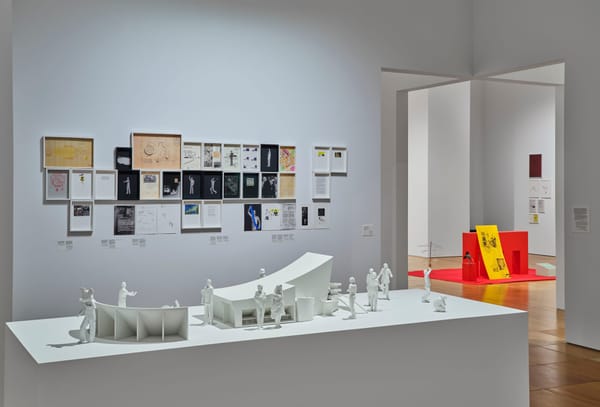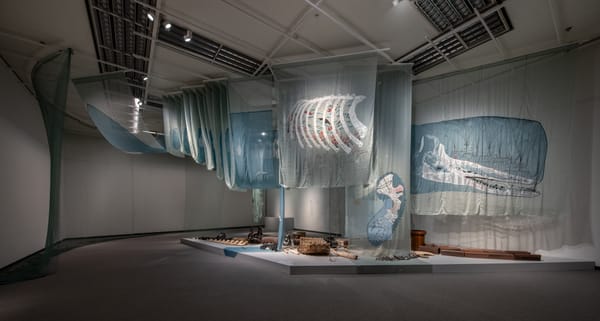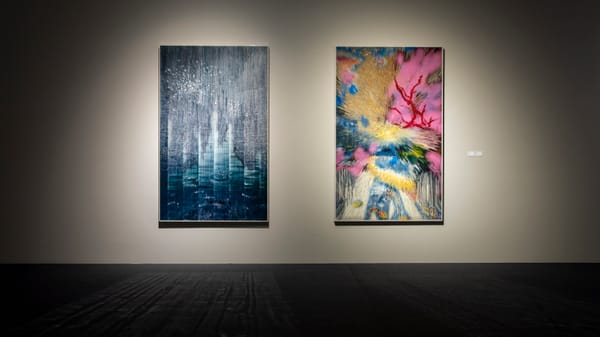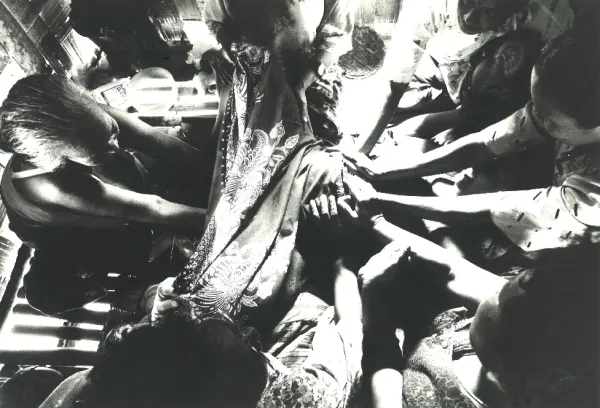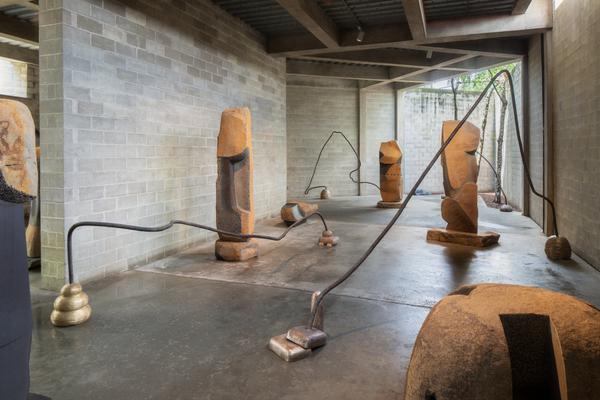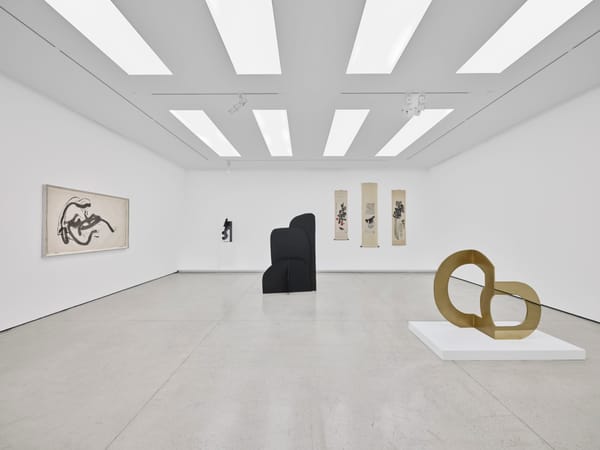Shows
Iris van Herpen’s “Sculpting the Senses”
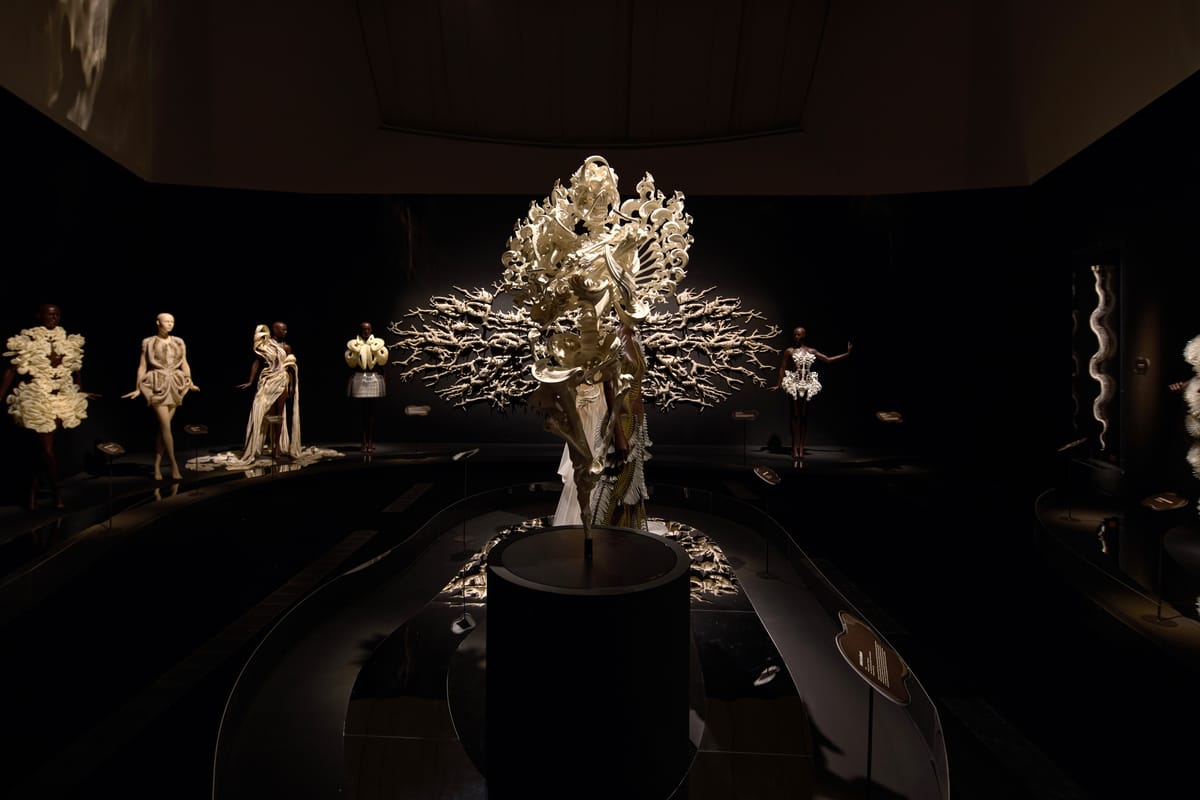
Sculpting the Senses
ArtScience Museum
Singapore
Mar 15–Aug 10, 2025
Dutch fashion designer Iris van Herpen’s first solo show in Asia at the ArtScience Museum, Singapore, unveiled a spectacle of fantastical sculptural garments that traverse the realms of art, fashion, science, and technology. The exhibition was expansive and multifaceted, presenting van Herpen’s wearable sculptures and accessories alongside diverse objects and artifacts such as paintings, videos, and books as well as corals, fossils, and skeletons. Renowned for challenging fashion norms on the runway, van Herpen’s creations have been worn by notable celebrities, including Beyoncé, Lady Gaga, Björk, Scarlett Johansson, Fan Bingbing, and Naomi Campbell. From garments that resemble the cuirass bodices and bustle skirts of the 1870s, to couture dresses drawing on the ethereality of the deep sea or which feature life-size bird skulls perched atop their sleeves, to heels in the shape of petals and fangs, van Herpen’s designs are a kind of theater—an exquisite art form situated at the juncture of dance, music, painting, literature, science, and architecture.
One of van Herpen’s most visually striking works invites spectators to imagine themselves as simultaneously dead and alive, portraying death as an ongoing performance. Skeleton Dress (2011), made of polyamide powder and created in collaboration with the architect Isaie Bloch and 3D printing company Materialise, resembles portions of the human skeleton—the breastplate, rib cage, vertebrae, and hip and thigh bones. Elsewhere, van Herpen draws inspiration from prehistoric reptilian biology and early anatomical illustrations, subverting our reverence for scientific imagery. The Morphogenesis Dress (2020), which comprises thousands of layers of white laser-cut mesh, evokes corporeal structures, chemical organisms, or an unknown marine mammal. The exhibition featured van Herpen’s sources of inspiration alongside her couture creations, such as a Dimetrodon fossil and illustrations of muscle fibers and neural networks by Spanish biologist Santiago Ramón y Cajal (1852–1934).
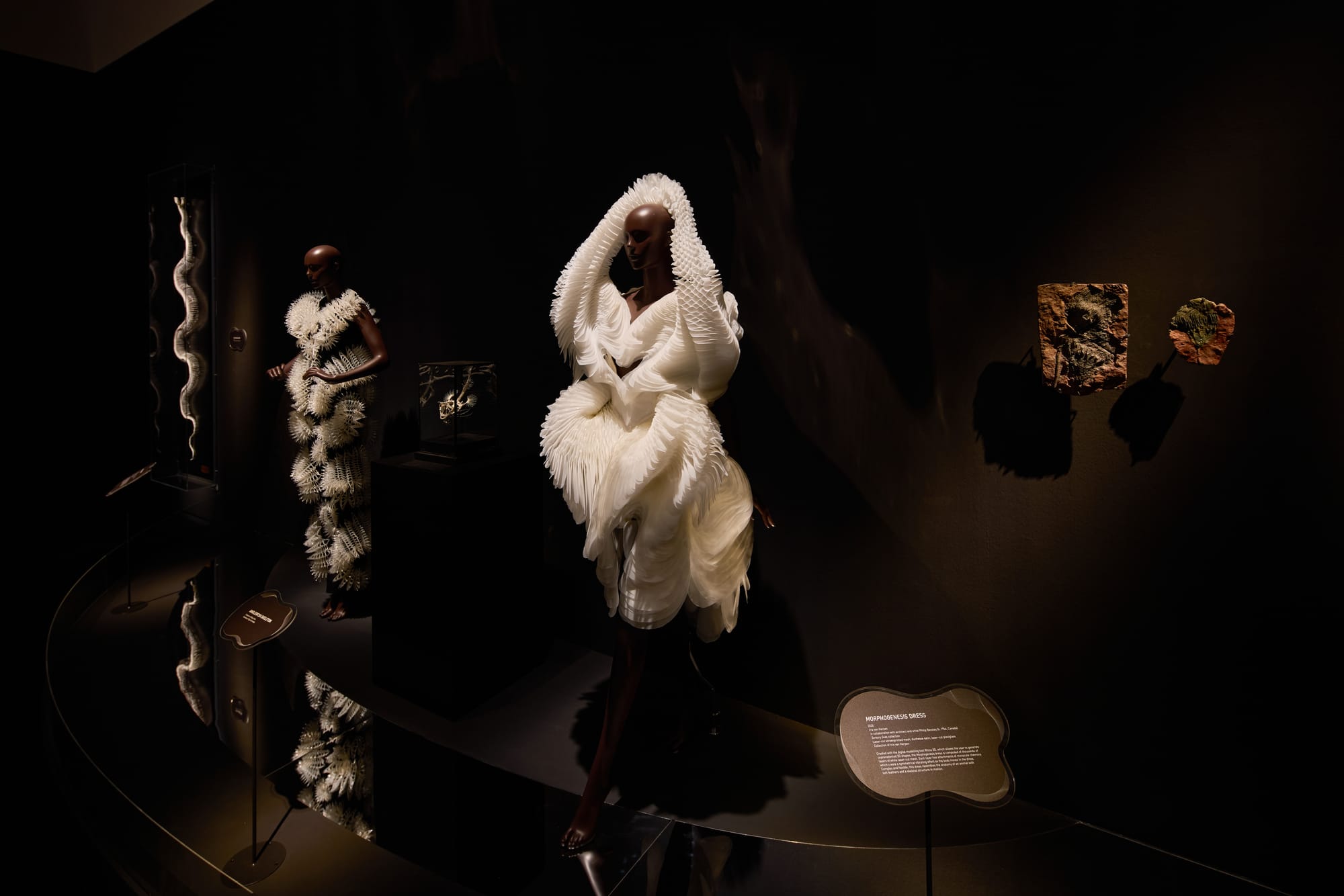
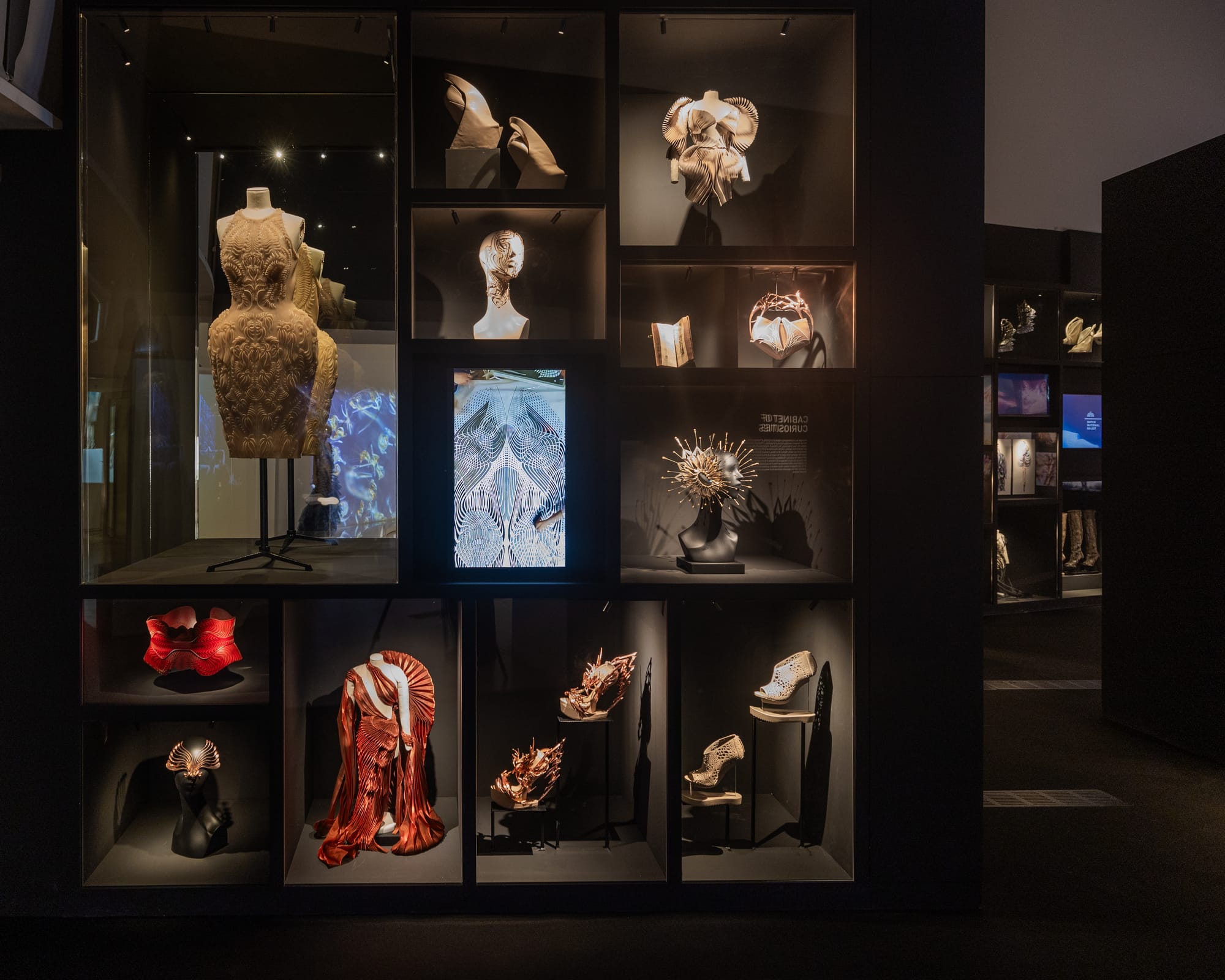
Among the exhibition’s many showstoppers was a large cabinet of curiosities that housed an eclectic assortment of three-dimensional sculptures and accessories. These included a floral-patterned porcelain ceramic dress, a box displaying a mix of insect and beetle taxidermy, a sculpted gold and gem-encrusted vegetal headpiece, an intricately carved white feathered bust, and a series of exotic masks with iconographic references to the dragon, phoenix, spider, and lotus.
Van Herpen has produced some of the most memorable, glamorous, and jaw-dropping couture gowns in contemporary fashion. Possessing a dynamic sense of movement and vitality, her creations demonstrate her deep knowledge of the body as well as acute sculptural sensibilities. The Hydrozoa Dress (2020), worn by Lady Gaga at the MTV Video Music Awards, comprises numerous layers of PETG plastic and digitally printed glass organza in mesmerizing shades of purple and turquoise reminiscent of the sea. Among van Herpen’s many allusions to the ocean, her iconic Water Dress (2010) is the most literal. Here, she re-enacted the dazzling effect of splashing water in the garment’s construction and form, creating an astoundingly ethereal effect.
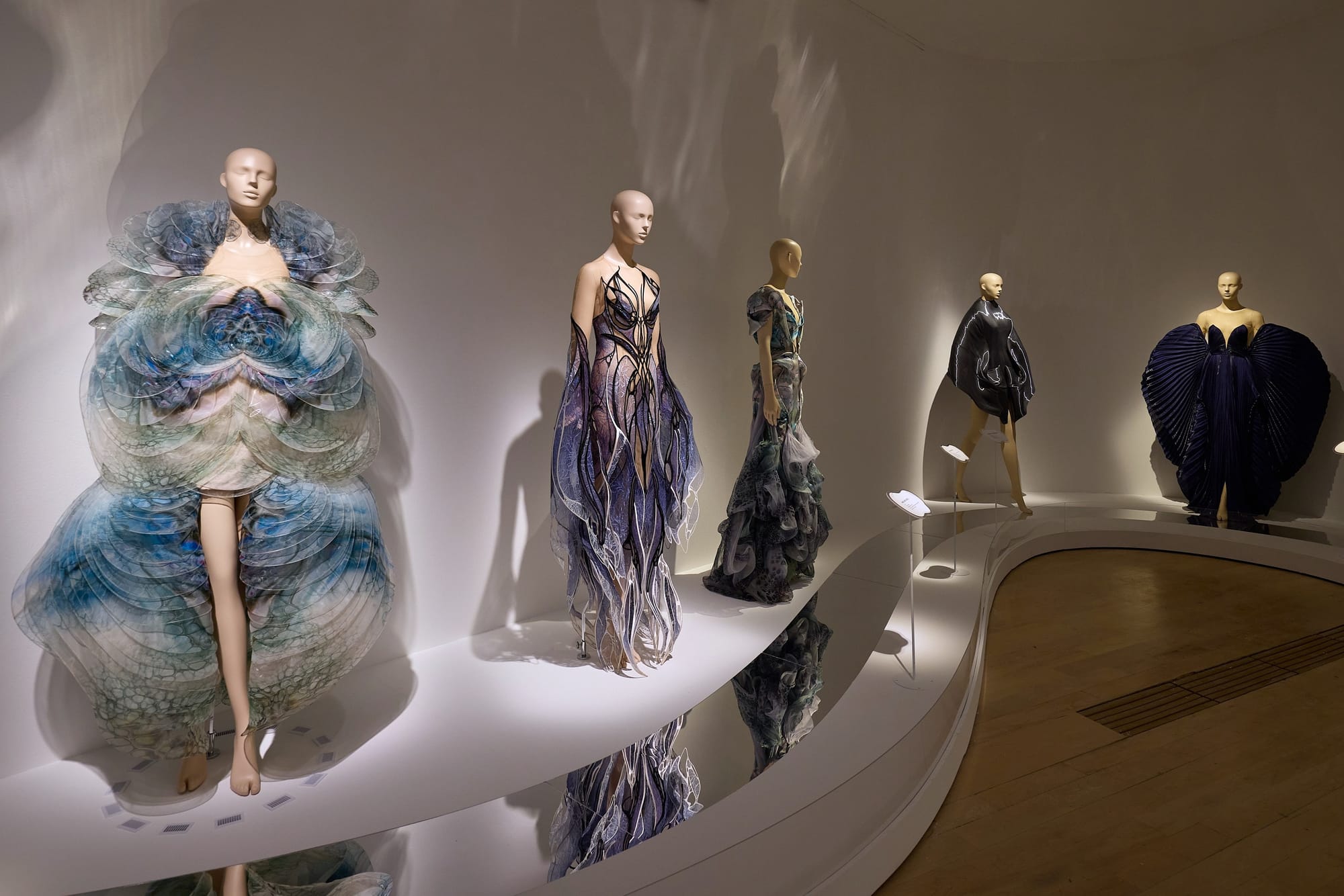
Van Herpen experiments with form by simplifying her inspirations into basic geometric shapes—such as cylinders, cones, spheres, squares—before developing them into more complex constructions. For example, her Cathedral Dress (2012), a mini dress that pays homage to Gothic period architecture, features pointed necklines and a spidery cage-like bodice. Van Herpen added external buttresses to support the structure, and she electroplated 3D-printed polyamides with copper to create the waxed wood effect. By engaging with myriad materials—from embroideries and silicone moldings to glass organza, lace, wire, and stainless steel—she experiments with aesthetics, theatrics, as well as the process of making.
This brilliantly frenetic exhibition, which fused fashion with science, technology, architecture, and anthropology, continued to challenge the entrenched boundaries of art and fashion in a distinctly van Herpenesque manner. While alluring and captivating, it was slightly disconcerting in its extravagance—in a generation saturated with consumerism, voyeurism, and spectacle, what is achieved by these lavish visions of excess?
Christine Han is a Singapore-based art writer.
